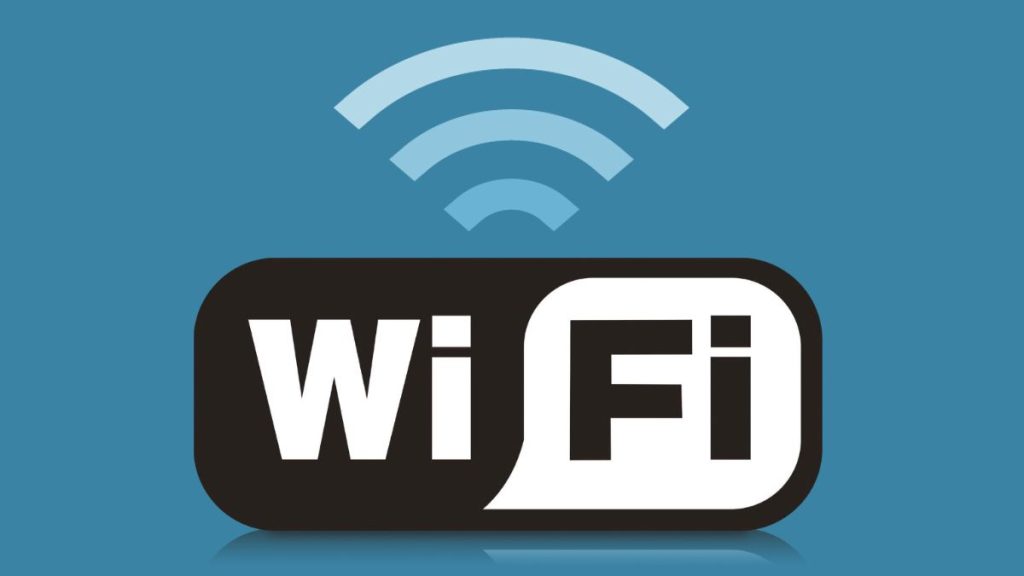By 2025, smartphone users have two lightning-fast wireless technologies to enjoy: 5G and the newly adopted Wi-Fi 7. Both of them boast ultra-high speed, low latency, and enhanced stability but leave people wondering — really, which one makes a difference to our daily life?
Whether you’re streaming Netflix, gaming on the cloud, recording Reels, or simply scrolling through TikTok, the strength of your internet connection breaks or makes your entire experience. Let’s talk about what distinguishes 5G and Wi-Fi 7 and which one actually has the impact on everyday smartphone use.
What is 5G?
The fifth generation of cellular network tech is 5G. It comes in three varieties:
Low-band 5G: Slightly better than 4G, with decent coverage.
Mid-band 5G (Sub-6GHz): Speed and range in balance.
mmWave 5G: Extremely fast, but limited to short distances and open spaces.
Key Features:
Up to 10 Gbps speeds (in ideal mmWave conditions)
Ultra-low latency (as low as 1 ms)
Wide network availability with carriers reaching around the globe
What is Wi-Fi 7?
Wi-Fi 7, or IEEE 802.11be, is the latest Wi-Fi standard that offers an upgrade from Wi-Fi 6E.
Key Features:
Theoretical speeds of as much as 46 Gbps
Multi-Link Operation (MLO): Accessing multiple bands at the same time for stability
Reduced latency and better performance in crowded areas
Operates only within router or hotspot radius
5G vs Wi-Fi 7: A Real-World Comparison
Feature\t5G\tWi-Fi 7
Coverage\tWide (nationwide in cities)\tLimited to router range
Speed (Avg)\t100–1000 Mbps\t1000–2500 Mbps (home router)
Latency\t10–30 ms (real-world)\t2–10 ms (real-world)
Stability\tVaries with signal strength\tStable if near router
Battery Efficiency\tModerate to high drain\tUsually lower power usage
Best For\tMobile use, video calling\tGaming, streaming, file transfer
When Does 5G Matter Most?
Outside: 5G performs at its best when you’re on the move — while commuting, traveling, or walking in the city.
Video Calls: Offers a reliable, mobile connection for Zoom, Meet, or WhatsApp calls on the go.
Cloud Gaming: In a mobile scenario, if you’re playing games using services like Xbox Cloud or GeForce NOW, 5G (and mmWave specifically) eliminates lag.
Emergency Use: Always-connected connectivity without relying on Wi-Fi networks.
But 5G signal strength can dip significantly indoors or rural areas, especially with the use of mmWave bands.
When Does Wi-Fi 7 Become the Dominant One?
At Home or Office: Wi-Fi 7 can’t be outdone in an indoor-controlled environment with a quality router.
Streaming 4K/8K: Whether Netflix, YouTube, or live streaming, Wi-Fi 7 streams ultra-HD content effortlessly.
Large File Transfer: Airdrop, Google Drive upload, or FTP upload zooms on Wi-Fi 7.
Low Latency Gaming: Ideal for competitive mobile gaming where ping is a big deal.
Leaning on Multi-Link Operation, Wi-Fi 7 offers less drops and better reliability even in dense networks (like dorms or offices).
Power Efficiency
Wi-Fi 7 also uses less power than 5G, particularly when you remain connected for long. 5G modems, particularly in mmWave form, are power-hungry and cause the phone to heat up faster — a consideration when you’re watching YouTube or cloud gaming non-stop on end.
So, Which One Do You Need Most?
TL;DR:
If you’re a go-go-go person – 5G is the way to go.
If you largely use your phone at work/home – Wi-Fi 7 has more significant effects.
For gamers and content creators – Both are significant. 5G keeps you covered anywhere, Wi-Fi 7 provides the competitive advantage in upload/download speed and latency.
In practice, current smartphones in 2025 should have support for both 5G and Wi-Fi 7, so you can switch between the two as needed based on your surroundings.
Closing RemarksChoosing either Wi-Fi 7 or 5G is no longer an “either or.” It’s where and how you’re using your phone most. For daily living, the in-door experience is optimal with Wi-Fi 7, but 5G is for movement and access. Both technologies combined give today’s smartphones the versatility we enjoy in the hybrid world now.
So next time you are upgrading your phone, make sure to look for both 5G and Wi-Fi 7 support — that’s what truly matters.



